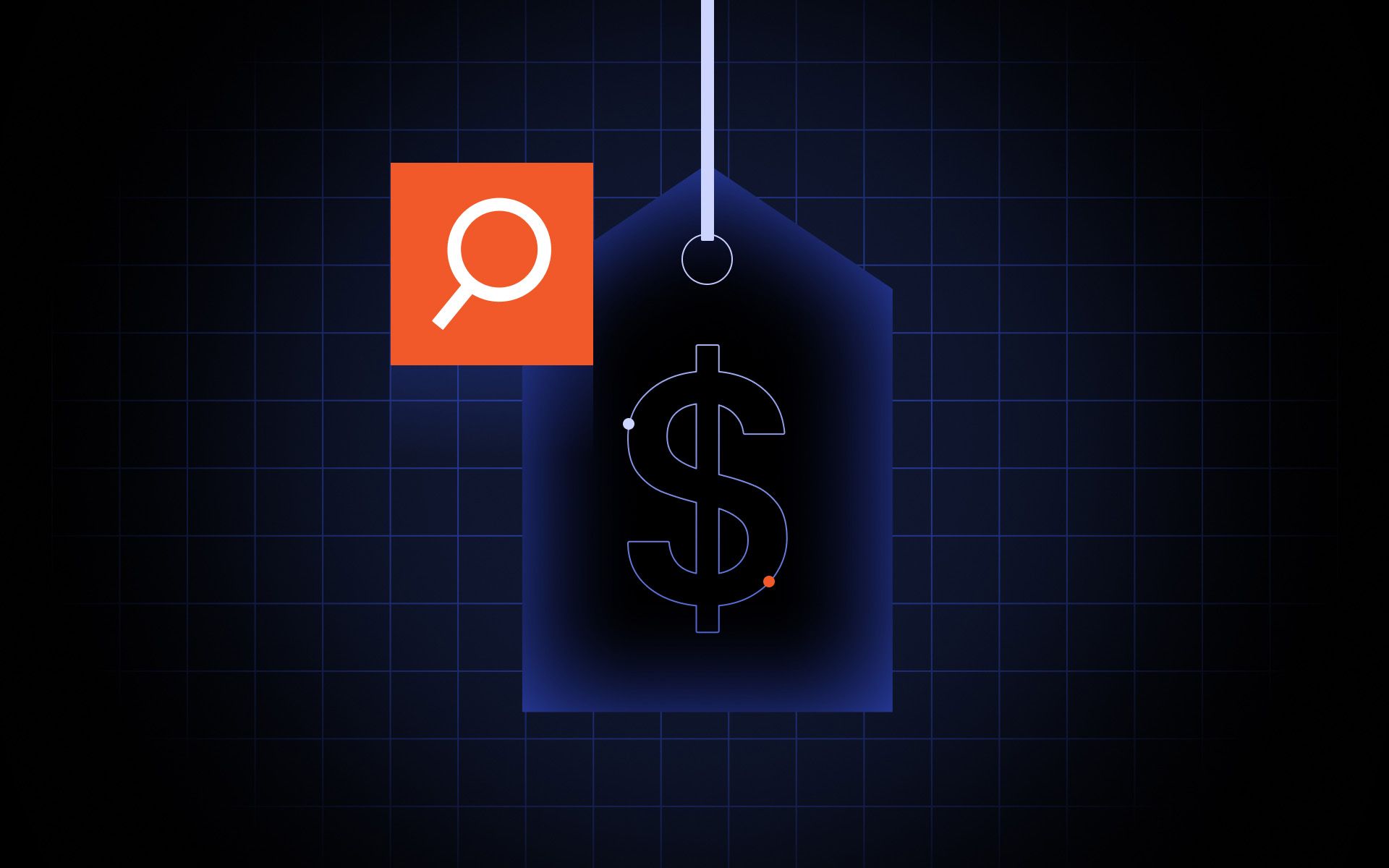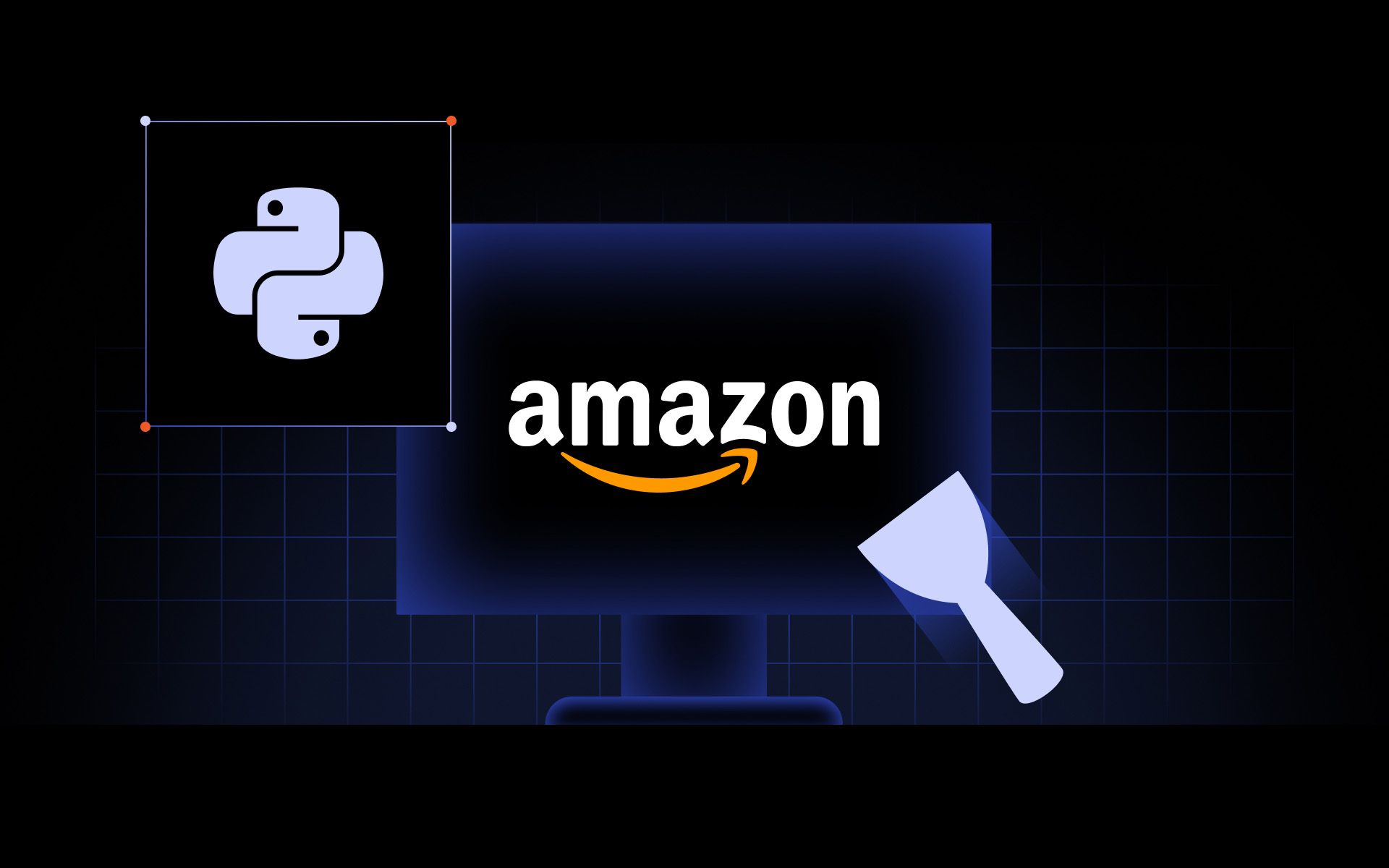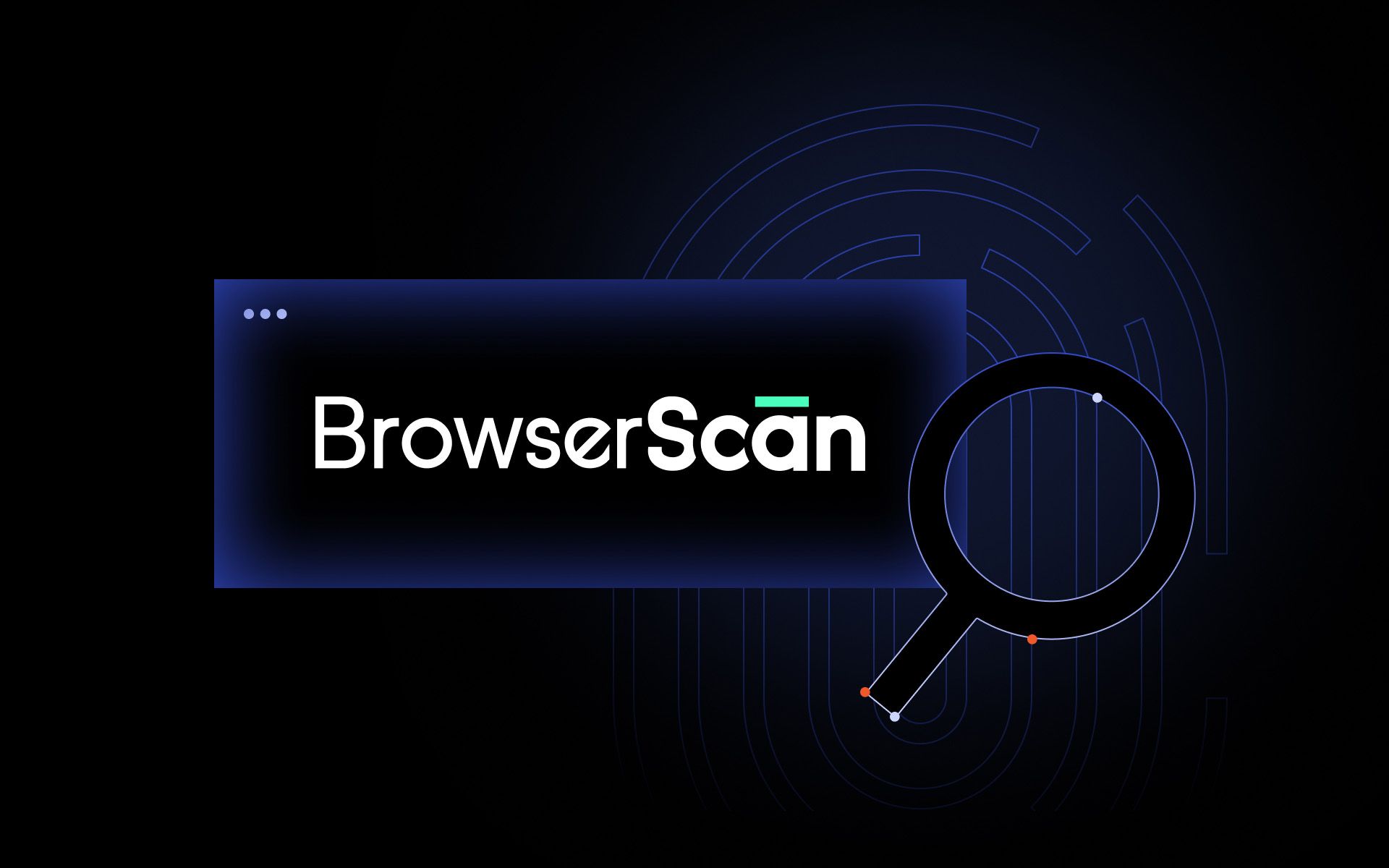Key takeaways:
- MAP monitoring helps to track advertised prices across different channels to protect the brand and ensure profitability.
- MAP monitoring tools include advanced techniques to collect, represent, and help analyze pricing data.
- Enforcing MAP policies involves at least four steps: detection, validation, notification, and escalation.
Retailer price wars can do a lot of damage to a brand in need of retaining a consistent positioning and pricing strategy for its products. Even worse is that turmoil in retailer pricing invites unauthorized resellers or even scam products to take a share of the market.
Setting a Minimum Advertised Price is one of the main methods to avoid such hurdles. While it’s rarely, if ever, used in the EU, it’s common practice in the US. Enforcing it is only possible by knowing the best MAP monitoring tools and practices to deal with the ever-growing volume of pricing data on the internet.
What is MAP monitoring?
Minimum Advertised Price (MAP) is the lowest price at which a brand or manufacturer allows their products to be publicly advertised and sold. The key purpose of MAP policies is to prevent price wars between retailers, which can destroy brand image and pricing strategy.
MAP monitoring is the process of regularly tracking advertised prices by retailers across different sales channels. MAP monitoring tools most commonly target online marketplaces, websites, and ads, but can also track physical print promotions.
Special MAP monitoring software, as well as various APIs and proxy servers, are used to collect pricing data automatically from retailers. Once MAP violations are found, a brand can take preventive action, including lawsuits.
What’s the difference between MAP, MSRP, and actual selling price?
Imposing a minimum advertised price doesn't mean retailers cannot sell the products for lower prices. MAP policies only govern the publicly advertised pricing. E-commerce stores can still apply various in-cart or store-wide discounts and loyalty programs as long as they aren't advertised for specific products.
- The actual selling price is calculated after all store-wide and in-cart discounts are applied, and it can differ from what the manufacturer tries to enforce. Other factors, such as inventory availability and competitive environment, may impact retailers' pricing strategy.
- Manufacturer’s Suggested Retail Price (MSRP) is used by some brands instead. It serves as a suggested benchmark reflecting the value of the product without an enforcement mechanism. Yet, the recommendation itself helps create pricing consistency.
Recommendations such as MSRP are popular in regions like the EU, where legally binding MAP policies are restricted. Even if MAP rules are considered anti-competitive, MAP monitoring can bring various benefits.
Key benefits of MAP monitoring
- Protecting brand equity. MAP monitoring ensures that advertised prices of retailers do not lower the perceived value of products. It is especially important for brands that want to maintain a premium image.
- Preventing price wars. While price competition is good for consumers, enforcing MAP policies stops destructive undercutting among retailers that might make products unprofitable.
- Ensuring fair competition. The data from MAP monitoring levels the playing field among retailers, ensuring that authorized retailers can keep consistent prices.
- Maintaining profitability across sales channels. Price monitoring data helps avoid unsustainable pricing practices, such as dumping, price erosion, and others. If left unchecked, they can disincentivize retailers from selling your products.
- Detecting unauthorized sellers. A suitable MAP monitoring solution will find not only official stores, but can also locate sellers that are reselling your products without permission. In some cases, it can also help against counterfeits and grey markets.
How MAP monitoring works
How pricing data is collected
MAP monitoring software largely relies on web scrapers to gather pricing data from e-commerce websites. While web scraping is at the core of data collection, MAP monitoring tools are sophisticated systems that include several additional steps and techniques.
The MAP monitoring process starts with a known product catalog. It's usually a structured list of products identified by their SKUs (Stock Keeping Units), unique product codes to track inventory. Retailer databases and other sources are then used to target URLs where products are sold.
Bots then systematically access e-commerce websites to extract the pricing data and relevant product information from listings. The process uses proxy servers, rate limiting, CAPTCHA solvers, and other techniques to mimic a human user viewing the prices.
If a large number of websites is being visited, parsing and storing data becomes an essential part of the process. Pricing data will be stored in HTML, which is coded slightly differently on every website – another automated process is used to ensure the information is cleaned and prepared for analysis.
Advanced techniques, such as AI and machine learning models, are commonly applied in MAP monitoring solutions to collect more accurate pricing data. The data is then normalized, and the software compares collected prices against the MAP thresholds for each product.
Depending on your niche and MAP monitoring software, the process can be completed multiple times per day to provide real-time data and alerts. Both a simple spreadsheet or a complicated API (Application Programming Interface) integration can be used to integrate the data into your workflows.
Where prices are monitored
Most MAP monitoring software can easily track prices for products on popular online stores, such as Amazon, Walmart Marketplace, or eBay. They generally represent places where unauthorized and gray markets are the most prevalent. Such web stores are also where many unwanted pricing practices originate.
Brand-owned Direct-to-Consumer (DTC) stores and smaller regional online resellers might require more manual work to set up. You are likely to need to manually select the URLs or web scrape these shops to make your MAP monitoring more efficient.
What a typical monitoring system looks like
While each MAP monitoring tool works a bit differently, generally, the usage of popular software like GrowByData or Prisync starts from a dashboard. Most of the time, everything - from inserting product catalogue to retrieving data is done from the dashboard.
- Start by inserting product SKUs and other identifying information to target major retail channels.
- Optionally, you can insert URLs from smaller or brand-owned online stores for MAP monitoring.
- The system will automatically scrape and extract the pricing data.
- The MAP data will be processed and normalized for accurate comparisons.
- Set compliance rules for reports and MAP violation alerts to be generated.
- Additionally, some systems will allow you to integrate the MAP data into your current workflows.
Key features to look for in MAP monitoring tools
To ensure your MAP monitoring tool meets operational and strategic needs, it must include a few key features. They might not cover all use cases, but it's a good start.
- Multi-marketplace and international coverage. MAP monitoring software should monitor prices across all major e-commerce platforms and in different regions.
- Real-time alerts. MAP violations must be escalated in a timely manner to minimize damage.
- Comprehensive data gathering. The MAP monitoring tool must collect not only prices but also seller identification, contact, and other details for escalation.
- Detailed proof collection. Depending on the legal requirements, reliable documentation often requires screenshots with timestamps, exact URLs, and other data.
- Anti-bot features. Ensure you can access the needed MAP data uninterrupted with proxy integration, CAPTCHA solving, and other features.
- Visual dashboards and reporting. It's much easier to make conclusions from a MAP monitoring solution with good data visualization, filtering, and exporting capabilities.
- Integration with enforcement workflows. Email notifications might not be enough, so look for integrations with your CRM, ticketing, or other internal software. Many companies also use third-party legal agencies to enforce MAP – having them integrated into the workflow may make things more effective.
Enforcing MAP violations effectively
Step-by-Step Enforcement Process
- Detect. Use MAP monitoring tools to constantly track your products and identify advertised prices below the allowed MAP thresholds. Make sure to include all channels and review them manually regularly.
- Validate. Verify the violations that were detected manually to eliminate false positives or other mistakes. Confirm contact and product details, such as SKUs, price advertised, time, and others manually.
- Notify. Send a formal letter or other notification to the violating retailer. Depending on your policies, this can be a friendly reminder or a legal notice if MAP violations persist.
- Escalate. If notification isn't enough for MAP enforcement, escalate by sending Cease & Desist (C&D) letters and involving legal counsel if necessary. In case products are sold on known platforms, file complaints within them, such as Amazon's Brand Registry.
Using automation to track violations
In most cases, automating MAP violations tracking is a worthwhile endeavor, but depending on your retailer network's size, it might get costly. Smaller brands might get enough brand protection by assigning an employee to track violations, but there are options to optimize the process.
A good MAP monitoring solution will already have most of the needed tools for detecting violations. Large-scale operations should give extra attention to enforcement workflow integrations, reporting, and analytics.
Most popular MAP monitoring tools, such as PriceSpider, GrowByData, and Prisync, are enough for such a task. Yet, some additional tools, such as CRMs, proxy servers, and business intelligence tools, might be needed.
Maintaining reseller relationships while enforcing MAP
Enforcing your pricing strategy with the help of MAP monitoring software might lead to conflicts with retailers. They are a crucial part of a brand's success, but might feel under surveillance when price monitoring becomes involved. A few key rules are important to keep a relationship good.
- Communicate clearly and early. Share your MAP policy with retailers and explain to them why it is mutually beneficial to all parties.
- Transparency and consistency. Inform your retailers about any changes to your MAP policy and stick to it yourself without exception.
- Offer support. MAP compliance isn't just about policing your retailers. You should also actively help them to meet the requirements.
- Fair enforcement process. Do not start with C&D letters or legal notices. A friendly reminder for first-time violations is often enough.
Conclusion & next steps
MAP monitoring is a crucial tool for enforcing your pricing strategy and saving your products from various reputational risks. At least some MAP strategy is needed for some brands. A good way to start is by looking into what MAP monitoring tools you already have and planning to automate or scale them.
What is the legal status of MAP policies in different regions?
The legal status of Minimum Advertised Price (MAP) policies varies by region. In the US, MAP policies are generally legal and widely used by manufacturers. The EU prohibits MAP policies as restrictions on fair competition. In China and many other Asian countries, MAP policies may be viewed as creating monopolies.
Why don’t platforms like Amazon enforce MAP for brands?
E-commerce platforms generally don't enforce Minimum Advertised Price (MAP) policies, as they are agreements between brands and sellers. Amazon, for example, doesn't have official policies regarding MAP compliance. Instead, the platform aims to foster an open marketplace where numerous retailers, including unauthorized sellers, can list their products.
How often should brands monitor for MAP violations?
Ideally, minimum advertised price monitoring should be done in real-time, updating the data multiple times per day. This is due to e-commerce stores having automated pricing tools that often create violations. Less frequent price monitoring is possible in niches with few retailers, but the risk of unauthorized sellers and MAP violations increases.
What is included in a legally enforceable MAP policy document?
A minimum advertised price (MAP) policy document defines advertised prices and other expectations from resellers. For a MAP document to be enforceable, it must also outline consequences for violations, the enforcement process, and its scope. It's drafted by legal teams to comply with relevant laws and is a unilateral statement from the manufacturer.
Can sellers sell below MAP if it’s not advertised?
In many regions, including the US, sellers can sell products below the minimum advertised price (MAP) if it's not advertised. The purpose of MAP policies is brand protection by controlling publicly displayed prices, not the final sales price. Discounts for shopping carts or individual customers are often used for this reason.



